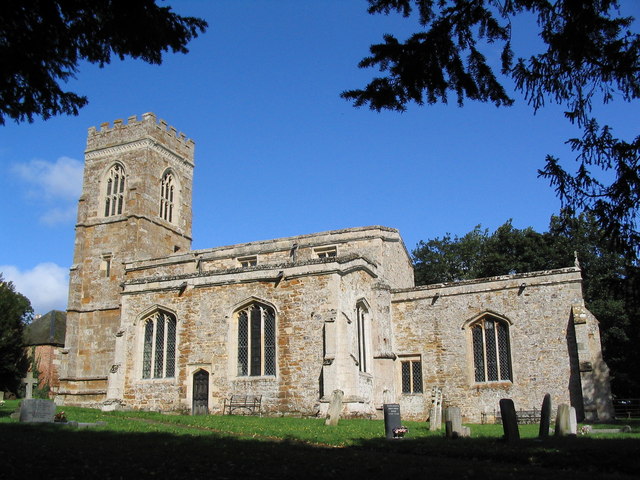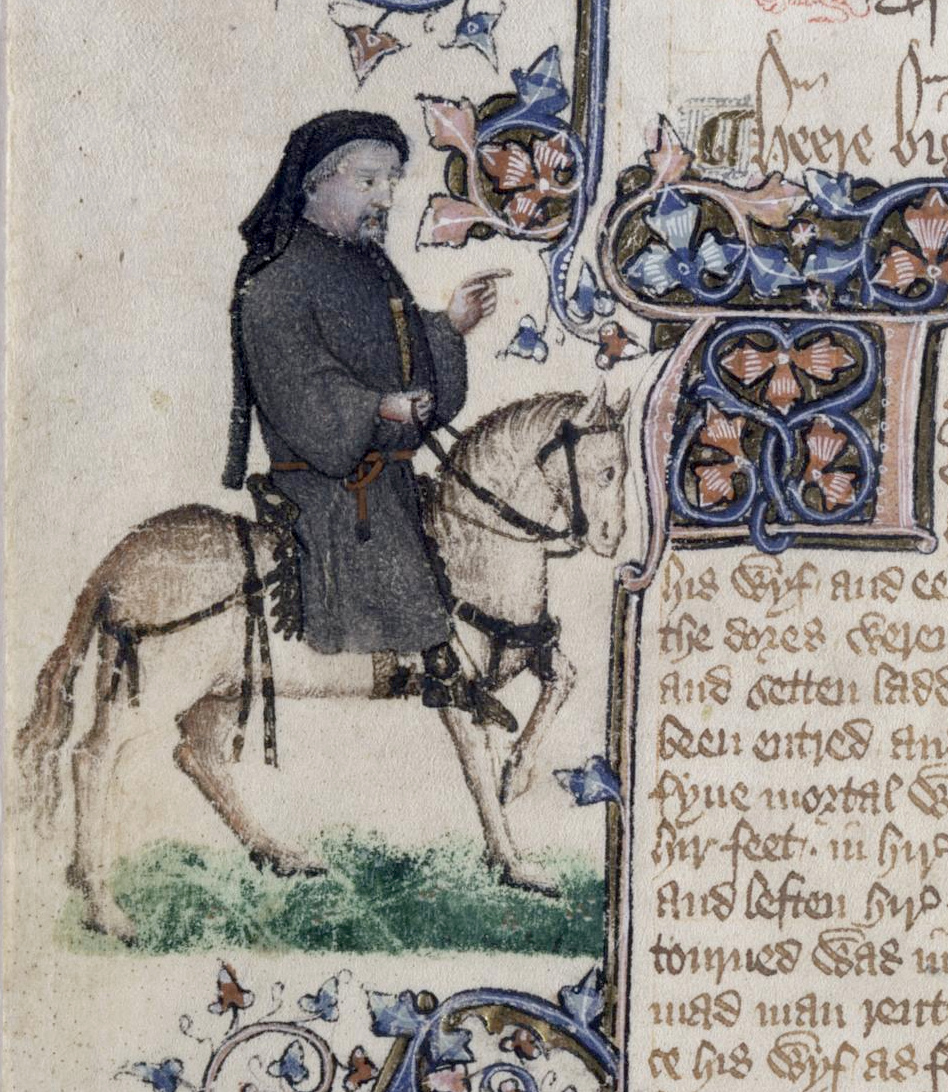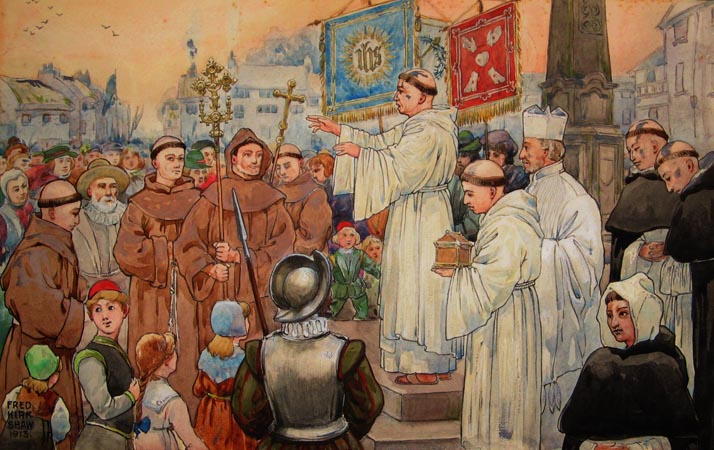|
Marmaduke Constable (died 1545)
Sir Marmaduke Constable (c. 1480 – 14 September 1545), of Everingham, Yorkshire, was an English soldier and Member of Parliament. He was the great-grandfather of the poet, Henry Constable, author of ''Diana'', one of the first sonnet sequences in English. Family The family takes its name from the office of constable of Chester, to which Hugh d'Avranches, 1st Earl of Chester, appointed his kinsman, Nigel, Baron of Halton, at the time of William the Conqueror. The founder of the house of Constable in Flamborough was Robert Lacy (d. 1216), surnamed 'Le Constable', ancestor of Marmaduke Constable. Marmaduke Constable, born about 1480, was the second son of Sir Marmaduke Constable (c. 1456/7 – 1518), eldest son and heir of Sir Robert Constable (4 April 1423 – 23 May 1488) of Flamborough, Yorkshire, and Agnes Wentworth (d. 20 April 1496), daughter of Sir Roger Wentworth of North Elmsall, Yorkshire, by Margery le Despencer. Constable's mother was Joyce Stafford, daughter ... [...More Info...] [...Related Items...] OR: [Wikipedia] [Google] [Baidu] |
Battle Of Flodden Field
The Battle of Flodden, Flodden Field, or occasionally Branxton, (Brainston Moor) was a battle fought on 9 September 1513 during the War of the League of Cambrai between the Kingdom of England and the Kingdom of Scotland, resulting in an English victory. The battle was fought near Branxton in the county of Northumberland in northern England, between an invading Scots army under King James IV and an English army commanded by the Earl of Surrey. In terms of troop numbers, it was the largest battle fought between the two kingdoms."The Seventy Greatest Battles of All Time". Published by Thames & Hudson Ltd. 2005. Edited by Jeremy Black. Pages 95 to 97.. After besieging and capturing several English border castles, James encamped his invading army on a commanding hilltop position at Flodden and awaited the English force which had been sent against him, declining a challenge to fight in an open field. Surrey's army therefore carried out a circuitous march to position themselves in the ... [...More Info...] [...Related Items...] OR: [Wikipedia] [Google] [Baidu] |
Grafton Manor
Grafton Manor (13 miles north-east of Worcester and 2 1/2 miles south-west of Bromsgrove, Worcestershire) was established before the Norman Conquest. Grafton means "settlement at or near the wood" and may indicate a role in woodland management within a larger estate, for instance. For a time, in the reigns of Henry II to Edward I, it was subject to forest law as part of the Forest of Feckenham. The Lords of the Manor were influential figures in medieval and early modern Worcestershire, with a number becoming High Sheriffs or Members of Parliament for Worcestershire. A few were also national figures, especially the Talbots and Earls of Shrewsbury. Grafton was connected with Catholic worship in the County after the Reformation. The house is now a listed building in the modern Civil parish of Dodford with Grafton in the Bromsgrove District of Worcestershire. Manor house The current L-shaped building dates to the early 1500s and was extensively altered around 1567. A fire in ... [...More Info...] [...Related Items...] OR: [Wikipedia] [Google] [Baidu] |
Richard Empson
Sir Richard Empson (c. 1450 – 17 August 1510), minister of Henry VII, was a son of Peter Empson. Educated as a lawyer, he soon attained considerable success in his profession, and in 1491 was a Knight of the shire for Northamptonshire in Parliament, and Speaker of the House of Commons. Career Richard Empson, born about 1450, was the son of Peter Empson (d. 1473) and Elizabeth (Joseph) Empson. John Stow claimed that his father was a sieve maker, but there is no evidence of this. His father, Peter Empson, held property at Towcester and Easton Neston in Northamptonshire. Early in the reign of Henry VII he became associated with Edmund Dudley in carrying out the King's rigorous and arbitrary system of taxation, and in consequence he became very unpopular. Retaining the royal favour, however, he was knighted at the creation of the future Henry VIII as Prince of Wales on 18 February 1504, and was soon High Steward of the University of Cambridge, and Chancellor of the Duchy of L ... [...More Info...] [...Related Items...] OR: [Wikipedia] [Google] [Baidu] |
Leicestershire
Leicestershire ( ; postal abbreviation Leics.) is a ceremonial and non-metropolitan county in the East Midlands, England. The county borders Nottinghamshire to the north, Lincolnshire to the north-east, Rutland to the east, Northamptonshire to the south-east, Warwickshire to the south-west, Staffordshire to the west, and Derbyshire to the north-west. The border with most of Warwickshire is Watling Street, the modern A5 road (Great Britain), A5 road. Leicestershire takes its name from the city of Leicester located at its centre and unitary authority, administered separately from the rest of the county. The ceremonial county – the non-metropolitan county plus the city of Leicester – has a total population of just over 1 million (2016 estimate), more than half of which lives in the Leicester Urban Area. History Leicestershire was recorded in the Domesday Book in four wapentakes: Guthlaxton, Framland, Goscote, and Gartree (hundred), Gartree. These later became hundred ... [...More Info...] [...Related Items...] OR: [Wikipedia] [Google] [Baidu] |
Stoke Faston
Stockerston is a village and civil parish in the Harborough district of Leicestershire, England, located on the border with Rutland, by the Eye Brook. According to the 2001 census the parish had a population of 35. The population remained less than 100 at the 2011 census and is included in the civil parish of Horninghold. Topography The Parish contains various woods including the large Bolt Wood and Park Wood, and the smaller Fishpond Spinney, Great Spinney, Little Merrible Wood, and Holyoaks Wood. Bolt Wood and Park Wood are fragments of the medieval Leighfield Forest and included in the sites of special scientific interest known as the Eye Brook Valley Woods. History Analysis of the name of the village name suggests it derives from the term 'made of wood'. Archaeologists state that the scatterings of Roman and Anglo-Saxon pottery discovered at Stockerston indicate occupation during that era. The village was in the Gartree Hundred and had two mentions in the Domesday ... [...More Info...] [...Related Items...] OR: [Wikipedia] [Google] [Baidu] |
William Drury (died 1558)
Sir William Drury (c. 1500 – 11 January 1558) was the son and heir of Sir Robert Drury (before 1456 – 2 March 1535), Speaker of the House of Commons. He was a Member of Parliament and a Privy Councillor. His name appears in the Ellesmere manuscript of Chaucer's '' Canterbury Tales''. ''Guide To Medieval and Renaissance Manuscripts in the Huntington Library'', EL 26 C 9 "Ellesmere Chaucer". Ownership notes of family members of |
Nottinghamshire
Nottinghamshire (; abbreviated Notts.) is a landlocked county in the East Midlands region of England, bordering South Yorkshire to the north-west, Lincolnshire to the east, Leicestershire to the south, and Derbyshire to the west. The traditional county town is Nottingham, though the county council is based at County Hall in West Bridgford in the borough of Rushcliffe, at a site facing Nottingham over the River Trent. The districts of Nottinghamshire are Ashfield, Bassetlaw, Broxtowe, Gedling, Mansfield, Newark and Sherwood, and Rushcliffe. The City of Nottingham was administratively part of Nottinghamshire between 1974 and 1998, but is now a unitary authority, remaining part of Nottinghamshire for ceremonial purposes. The county saw a minor change in its coverage as Finningley was moved from the county into South Yorkshire and is part of the City of Doncaster. This is also where the now-closed Doncaster Sheffield Airport is located (formerly Robin Hood Airport) ... [...More Info...] [...Related Items...] OR: [Wikipedia] [Google] [Baidu] |
Kinoulton
Kinoulton is a village in Nottinghamshire, England. It is located 10 miles south east of the city of Nottingham. According to the 2001 census it had a population of 1,037. 2004 estimates indicate a population of 990. The population taken at the 2011 census was 1,050. The name Kinoulton probably has Saxon origins and 'Cynhildestun (Cynhilds Farm) is a suggested starting point. The name having weathered though many variations over the years to become Kinoulton. The original settlement was close to the Roman Fosse Way, now the A46 trunk road, just north of its junction with the present day A606 Nottingham to Melton Mowbray road. It was close to the site of a civil war skirmish by the Lodge on the Wolds near the present day A46. Around the time when the Grantham Canal was opened in 1797, connecting the town of Grantham in Lincolnshire with the River Trent at Nottingham, the centre of the village migrated eastwards, downhill into the Vale of Belvoir. Some suggest highwaymen o ... [...More Info...] [...Related Items...] OR: [Wikipedia] [Google] [Baidu] |
Holderness
Holderness is an area of the East Riding of Yorkshire, on the north-east coast of England. An area of rich agricultural land, Holderness was marshland until it was drained in the Middle Ages. Topographically, Holderness has more in common with the Netherlands than with other parts of Yorkshire. To the north and west are the Yorkshire Wolds. Holderness generally refers to the area between the River Hull and the North Sea. The Prime Meridian passes through Holderness just to the east of Patrington and through Tunstall to the north. From 1974 to 1996 Holderness lay within the Borough of Holderness in Humberside. It gave its name to a wapentake until the 19th century, when its functions were replaced by other local government bodies, particularly after the 1888 Local Government Act. The city of Kingston upon Hull lies in the south-west corner of Holderness and Bridlington borders the north-east but both are usually considered separately. The main towns include Withernsea, H ... [...More Info...] [...Related Items...] OR: [Wikipedia] [Google] [Baidu] |
Ripley, North Yorkshire
Ripley is a village and civil parish in North Yorkshire in England, a few miles north of Harrogate on the A61 road towards Ripon. The village name derives from Old English and is believed to mean wood of the ''Hrype'' or Ripon people. Ripley was historically part of the West Riding of Yorkshire until 1974. History The village and castle are privately owned. A castle dating from the 15th century, Ripley Castle, has been the home of the Ingilby baronets, Ingilby family for 700 years. The present owner is Sir Thomas Colvin William Ingilby, 6th Baronet, Sir Thomas Ingilby, 6th Baronet (see Ingilby Baronets), the 28th generation. The castle, which has a priest hole, is open for public tours. The landscaped castle grounds and ornamental lakes are also open to the public. Ripley has 55 Grade II Listed buildings and two that are Grade I Listed: Ripley Castle (open to tourists and for events prior to the COVID-19 pandemic) and the "Gatehouse Approximately 80 Metres South of Ripl ... [...More Info...] [...Related Items...] OR: [Wikipedia] [Google] [Baidu] |
Pilgrimage Of Grace
The Pilgrimage of Grace was a popular revolt beginning in Yorkshire in October 1536, before spreading to other parts of Northern England including Cumberland, Northumberland, and north Lancashire, under the leadership of Robert Aske. The "most serious of all Tudor period rebellions", it was a protest against Henry VIII's break with the Catholic Church, the dissolution of the lesser monasteries, and the policies of the King's chief minister, Thomas Cromwell, as well as other specific political, social, and economic grievances. Following the suppression of the short-lived Lincolnshire Rising of 1536, the traditional historical view portrays the Pilgrimage as "a spontaneous mass protest of the conservative elements in the North of England angry with the religious upheavals instigated by King Henry VIII". Historians have observed that there were contributing economic factors. Prelude to revolt The 16th century During the Tudor era there was a general rise in the population ac ... [...More Info...] [...Related Items...] OR: [Wikipedia] [Google] [Baidu] |
Blackheath, London
Blackheath is an area in Southeast London, straddling the border of the Royal Borough of Greenwich and the London Borough of Lewisham. It is located northeast of Lewisham, south of Greenwich and southeast of Charing Cross, the traditional centre of London. The area southwest of its station and in its ward is named Lee Park. Its northern neighbourhood of Vanbrugh Park is also known as St John's Blackheath and despite forming a projection has amenities beyond its traditional reach named after the heath. To its west is the core public green area that is the heath and Greenwich Park, in which sit major London tourist attractions including the Greenwich Observatory and the Greenwich Prime Meridian. Blackheath railway station is south of the heath. History Etymology ;Records and meanings The name is from Old English spoken words 'blæc' and 'hǣth'. The name is recorded in 1166 as ''Blachehedfeld'' which means "dark, or black heath field" – field denotes an enclosure or ... [...More Info...] [...Related Items...] OR: [Wikipedia] [Google] [Baidu] |









